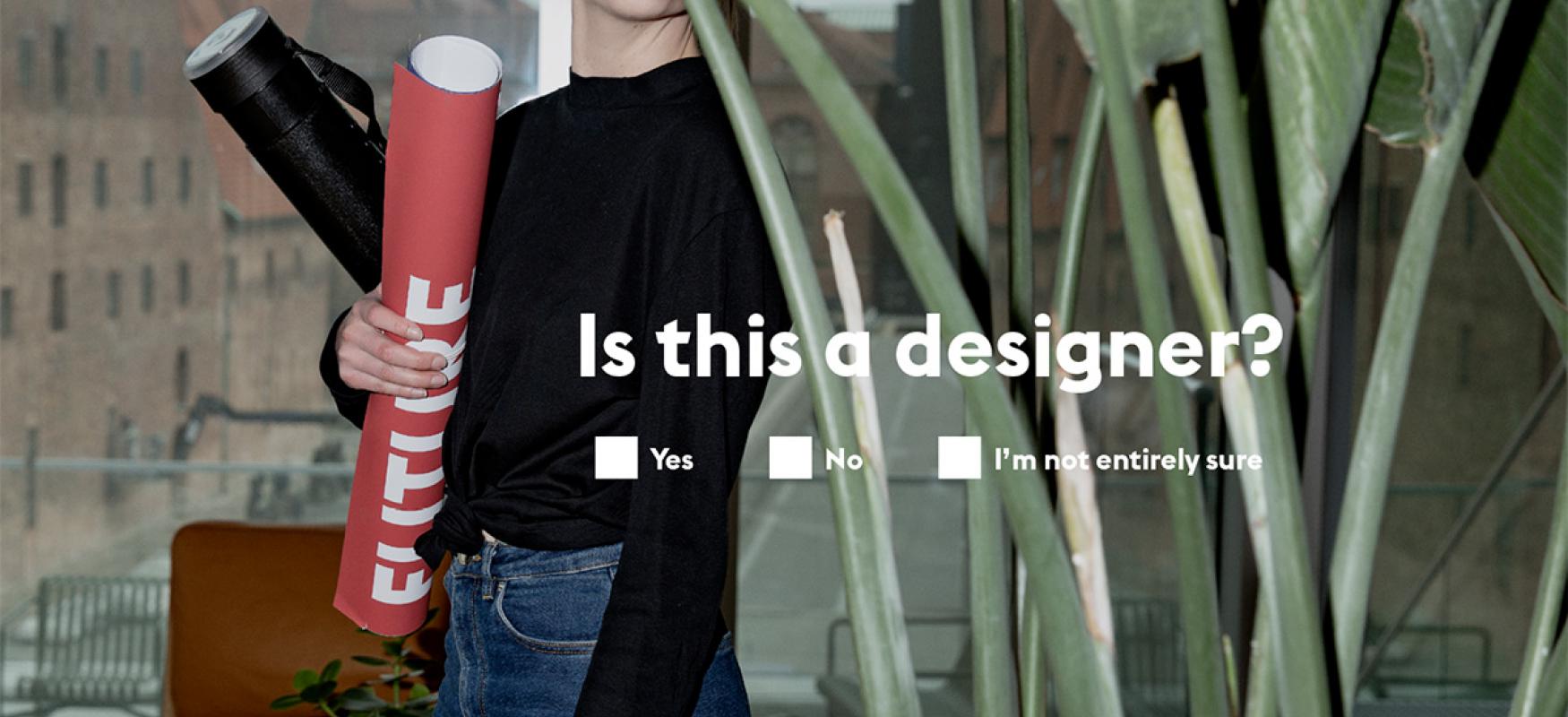Various studies state that designers, and design methods and approaches, bring value to businesses and public sector organisations. Design is no longer just an end product or service. Design is a process and a mindset that can lead to new systems and new business models and even help us solve some of the world’s greatest challenges.
In October 2018, the management consultancy McKinsey launched the report, “The Business Value of Design”. In a sweeping study of 2 million pieces of financial data and 100,000 design actions over five years across countries and in three different sectors, McKinsey finds that design-led companies had 32% more revenue and 56% higher total returns to shareholders compared to other companies.
Design is the raw material of the 21st century
Design has always been a key to problem solving, renewal, and innovation. But in the past 10 years, design has gone through a comprehensive transformation in the Nordic countries and internationally. Today, design includes disciplines such as design thinking, service design, strategic design and digital design, and increasingly includes skill-sets from other professions as well. With this broadening of the design field, design resources create value in an increasing array of fields in business and society. One might argue that design is the source – the raw material – for future growth, as oil was to the industrial revolution in the past century.
We must secure a strong supply of design in order to both meet the growing demand, but also push the bar for what design can offer in times of rapidly growing new technologies, globalisation and digitalisation.
Until now, we have had no representative overview of the design industry as a resource across the Nordic countries and therefore no way of knowing if the design resource met the growing demand for design. This is due, in part, to the fact that there was no commonly agreed upon definition of who design resources are, making it difficult to gather relevant data and to analyse developments within the field of design.
The Nordic design centres have two main things in common:
- We work to motivate demand for design and demonstrate and experiment with design-oriented value creation
- We lack an updated overview of the supply side of design.
The purpose of this study is to provide a more varied picture of the design resource anno 2018. How many design professionals are there? Which competencies do they have? Where do they work? And what is their role in society?
All data, Nordic as well as national, can be found at nordicdesignresource.com.
Also read: Nordic Design Resource – How?
Also read: Who is the Nordic Design Professional? – A New Perspective How?



